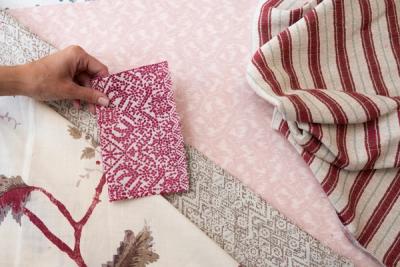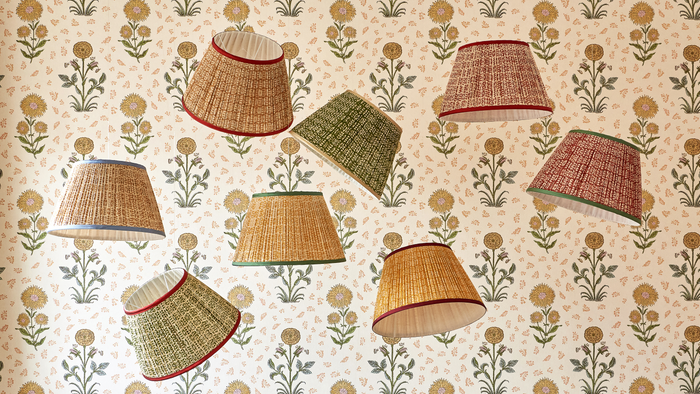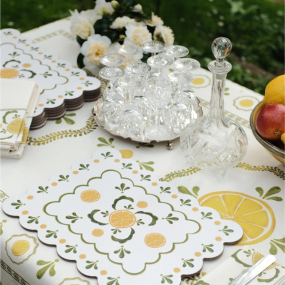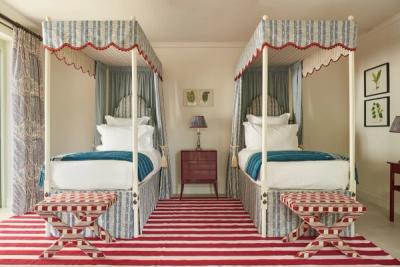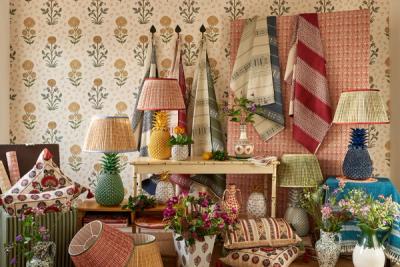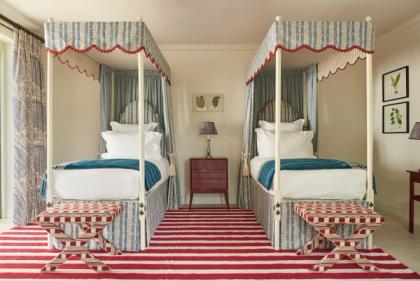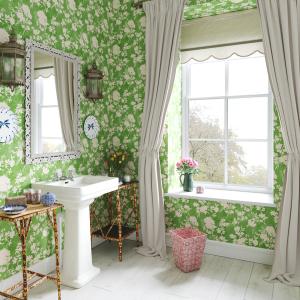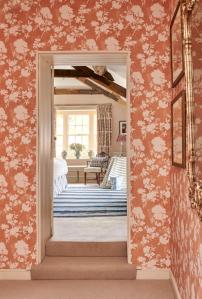Decoration
How to Make the Kitchen the Heart of the Home
Do you have a love/hate relationship with your kitchen? Do you seldom enjoy its presence? Click here to make it the heart of your home.

How to Make the Kitchen the Heart of the Home
The kitchen. It's a room that tantalises all five senses. The sound of a sizzling frying pan developing divine aromas that slowly drift throughout the room as we take in the vibrant colours, taste the sweet, savoury and salty. It's a room for solace - or sometimes the opposite. It’s an ancient principle – the room centred on cooking – and one that has never lost its significance throughout centuries of interior design.
It is a room for mess. You can’t make an omelette without breaking eggs, just as you can’t make anything worth serving without testing the kitchen’s utility, making a mess of things.
And yet, it bounces back. Come late evening, when the living room is its own mess of rumpled pillows, half-drunk glasses, throws and blankets twisting together, scattered slippers and open books, the kitchen represents a beautiful, peaceful haven. The hum of the refrigerator, the soft gurgle of the dish washer, dim light emanating from neighbouring rooms…it may not be a room for relaxing, but it’s certainly at the centre of the home.

Function vs Form
The kitchen is a functional space – but, unlike the bathroom, it’s also incredibly versatile. True, most of us think of cooking when we think of the kitchen, but its role is far more nuanced than that. A lot of life takes place in there, and it needs to be able to transition smoothly from meeting place to bakery to home office, arts and craft studio to fast-food joint, therapist’s office to playschool to homework station. Any family home needs to balance function against form throughout, but the kitchen is the fulcrum on which everything rocks.
But the kitchen can be – and often is – a beautiful space. In open-plan layouts, it tends to represent the focal point – even in the of-the-moment broken-plan kitchen layouts, the kitchen is the centre of the maze – the point at which everything (and everyone) converges.
From lighting to texture, fabric to metal and wood and tile – even cement and plastic – the kitchen is the ripest for creativity. True, interior designers can easily get caught-up in the restrictions to layout – just as in the bathroom, the necessity for much of the space to be filled with very specific and, as a result, limiting objects – but the scope is there. The kitchen is the most evocative of whatever world we want our food to take us, but they can also be welcoming in a simple, understated way.

Viewers of Architectural Digest were recently treated to the layered Italian kitchen in the Brooklyn home of David Harbour and Lily Allen. We recently wrote about the use of statement textiles in Noemi Marone Cinzano’s Portuguese home in our article on soft divides . Zoe Saldana’s invisible kitchen has sparked a new wave of interest in the minimalist trend.
Even in an age of the most pared back trends, it’s possible for the kitchen to be the most convivial space. Recognising the potential for form to take shape in the most functional pieces is the first (and possibly hardest) step to take.
Creating vs Gathering
While these two forces aren’t exactly opposing, one can vie with the other. There are, of course, plenty of tricks of the interior design trade to create a space that is as sociable as it is purposeful.
Tiered arrangements, where the work surface overlooks a dining table – a sort of conversation pit for the 21st century – can prevent an intent downward gaze over peeling garlic cloves or dicing onions from cutting you off from the rest of the room. When you’re not at liberty to dig a small hole into your kitchen floor (no judgements here), a breakfast bar can fulfil a similar role. Introducing softer furnishings – an armchair by the oven or, if you have the space, a sofa – can avoid the family from gravitating toward the living room or snug in the evening and, instead, coming together in the kitchen.
Generally, it’s best to think about the eye-line of the chef. Those small journeys made from chopping board to stove to bin to pantry – how can others be brought into the line of sight?
Space vs Cosiness
The warm, higgledy-piggledy, shaker-style kitchens, artfully scattered with a random, attractive assortment of possessions and curios (most of which aren’t at all useful) may be the height of ‘cosy chic’, but that’s not to say that the divide between minimalism and maximalism makes them dichotomous. Minimalism – or just a less-cluttered kitchen – can be just as cosy, provided the space is utilized effectively.
Lighting is important. We sometimes need the bright shine of the overheads – and popular opinion seems to suggest we should make kitchens bright and airy if we want them to be sociable – but it’s always worth introducing enough sources that we can dim it down to a more ambient level when not scrutinising food labels or dissecting a gnarled fennel.
Big, open plan kitchens are perfect for larger gatherings, but divide that space by introducing a few more comfortable, up-close seating options for those times when it’s just two or three of you eating in. In the case of the cluttered kitchen, avoid so much beauty that the cook makes conversationalists feel pinned to the wall, for fear of getting in the way.
More from Decoration



